Potřebujeme váš souhlas k využití jednotlivých dat, aby se vám mimo jiné mohly ukazovat informace týkající se vašich zájmů. Souhlas udělíte kliknutím na tlačítko „OK“.
ASTM G206-11
Standard Guide for Measuring the Wear Volumes of Piston Ring Segments Run against Flat Coupons in Reciprocating Wear Tests
Automaticky přeložený název:
Standardní Guide pro měření opotřebení Objemy segmenty pístní kroužek Běh proti Ploché kupóny v pístových Používejte testy
NORMA vydána dne 1.5.2011
Informace o normě:
Označení normy: ASTM G206-11
Poznámka: NEPLATNÁ
Datum vydání normy: 1.5.2011
Kód zboží: NS-57601
Počet stran: 4
Přibližná hmotnost: 12 g (0.03 liber)
Země: Americká technická norma
Kategorie: Technické normy ASTM
Kategorie - podobné normy:
Anotace textu normy ASTM G206-11 :
Keywords:
cylinder liner, piston ring, wear measurement, Cylinder liner materials, Measurement processes/systems, Piston rings, Wear and wear life, ICS Number Code 21.140 (Seals, glands)
Doplňující informace
| Significance and Use | ||||
|
The practical life of an internal combustion engine is most often determined by monitoring its oil consumption. Excessive oil consumption is cause for engine repair or replacement and can be symptomatic of excessive wear of the piston ring or the cylinder bore or both. More wear-resistant materials of construction can extend engine life and reduce cost of operation. Although components made from more wear-resistant materials can be tested in actual operating engines, such tests tend to be expensive and time consuming, and they often lead to variable results because of the difficulty in controlling the operating environment. Although bench-scale tests do not simulate every aspect of a fired engine, they are used for cost-effective initial screening of candidate materials and lubricants. The test parameters for those tests are selected by the investigator, but the end result is a pair of worn specimens whose degree of wear needs to be accurately measured. The use of curved specimens, like segments of crowned piston rings, presents challenges for precise wear measurement. Weight loss or linear measurements of lengths and widths of wear scars may not provide sufficient accuracy to discriminate between small differences in wear. This guide is intended to address that problem. |
||||
| 1. Scope | ||||
|
1.1 This guide covers and describes a profiling method for use accurately measuring the wear loss of compound-curved (crowned) piston ring specimens that run against flat counterfaces. It does not assume that the wear scars are ideally flat, as do some alternative measurement methods. Laboratory-scale wear tests have been used to evaluate the wear of materials, coatings, and surface treatments that are candidates for piston rings and cylinder liners in diesel engines or spark ignition engines. Various loads, temperatures, speeds, lubricants, and durations are used for such tests, but some of them use a curved piston ring segment as one sliding partner and a flat or curved specimen (simulating the cylinder liner) as its counterface. The goal of this guide is to provide more accurate wear measurements than alternative approaches involving weight loss or simply measuring the length and width of the wear marks. 1.2 This standard does not purport to address all of the safety concerns, if any, associated with its use. It is the responsibility of the user of this standard to establish appropriate safety and health practices and determine the applicability of regulatory limitations prior to use. |
||||
| 2. Referenced Documents | ||||
|
Podobné normy:
Historická
1.11.2011
Historická
1.11.2007
Historická
1.3.2010
Historická
1.1.2013
Historická
1.4.2011
Historická
1.4.2010
Doporučujeme:
Aktualizace zákonů
Chcete mít jistotu o platnosti užívaných předpisů?
Nabízíme Vám řešení, abyste mohli používat stále platné (aktuální) legislativní předpisy.
Chcete vědět více informací? Podívejte se na tuto stránku.


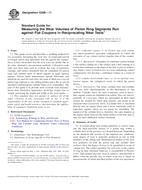
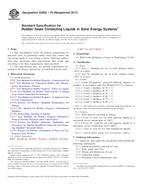 ASTM D3832-79(2011)..
ASTM D3832-79(2011)..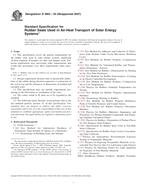 ASTM D3903-03(2007)..
ASTM D3903-03(2007)..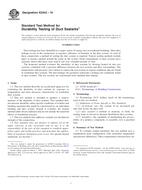 ASTM E2342-10
ASTM E2342-10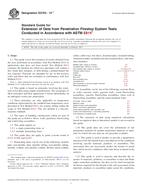 ASTM E2750-13e1
ASTM E2750-13e1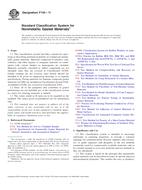 ASTM F104-11
ASTM F104-11 ASTM F105-72(2010)..
ASTM F105-72(2010)..
 Cookies
Cookies
